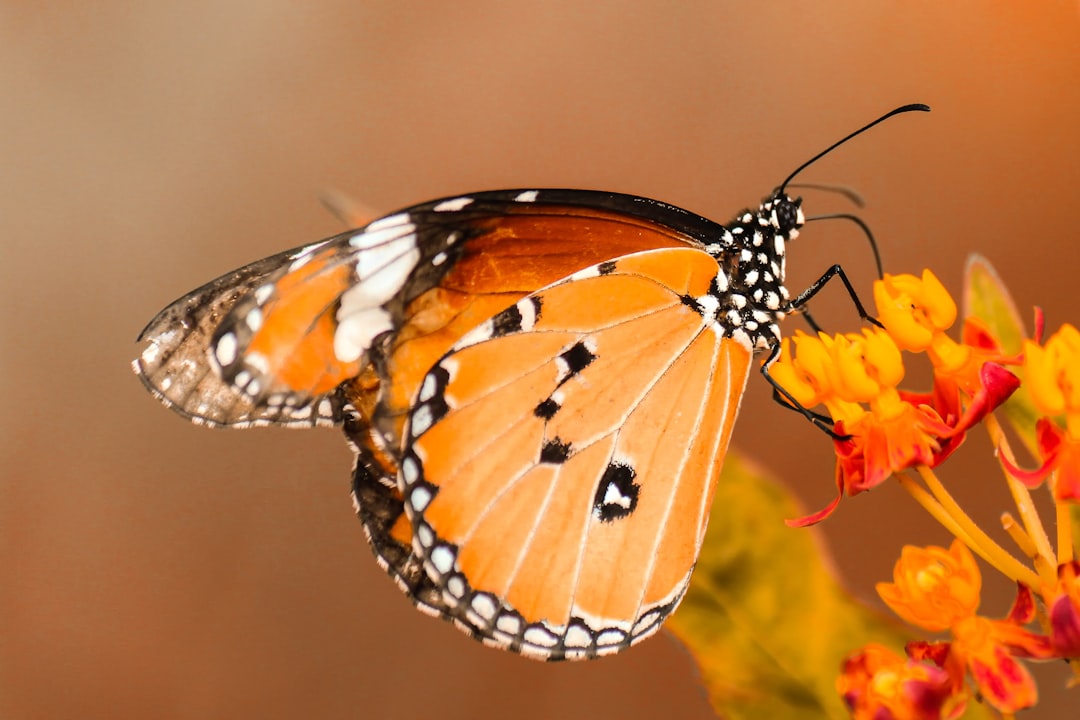What is it about?
The more diverse a predator assemblage is, the greater its capacity to find, access, and frighten its prey. As a result, scared herbivorous prey species spend more time in a state of heightened vigilance, which often means that less plant biomass gets eaten. From the plants' perspective, they enjoy having scary predators nearby because the plants get a break from herbivory. technically speaking, predator diversity, itself, generates significant non-consumptive impacts within a food-web, and these non-lethal impacts can 'cascade down' the food-chain, affecting the plants at the base of the food-web.
Featured Image
Why is it important?
Globally, biodiversity losses continue to re-shape communities, and these impacts may operate through lethal and non-lethal pathways. Often, the effects of non-lethal, or non-consumptive, interactions exhibit greater frequencies and magnitudes within ecosystems (than consumptive effects). Given the biodiversity crisis, an acknowledgment of the idea that changes in predator diversity may re-shape herbivore behavior, as well as plant biomass accrual, is vital to predictions of how biodiversity loss may affect ecosystem functioning.
Perspectives
This work was the first to rigorously test whether behaviorally-mediated predator diversity effects would generate emergent 'fear effects,' while simultaneously tracking the lethal impacts of predator assemblages. The hypothesis that greater predator diversity would be scarier to prey was intuitive, but it was critically important to separate the lethal and non-lethal impacts of predators, and to track the cascading impacts on plants. The methods employed in this work were quite innovative, which bolstered our conclusion that predator behavior alone can protect plants from herbivores.
Dr Shawn A. Steffan
University of Wisconsin System
Read the Original
This page is a summary of: Cascading diversity effects transmitted exclusively by behavioral interactions, Ecology, August 2010, Wiley,
DOI: 10.1890/09-0787.1.
You can read the full text:
Contributors
The following have contributed to this page










